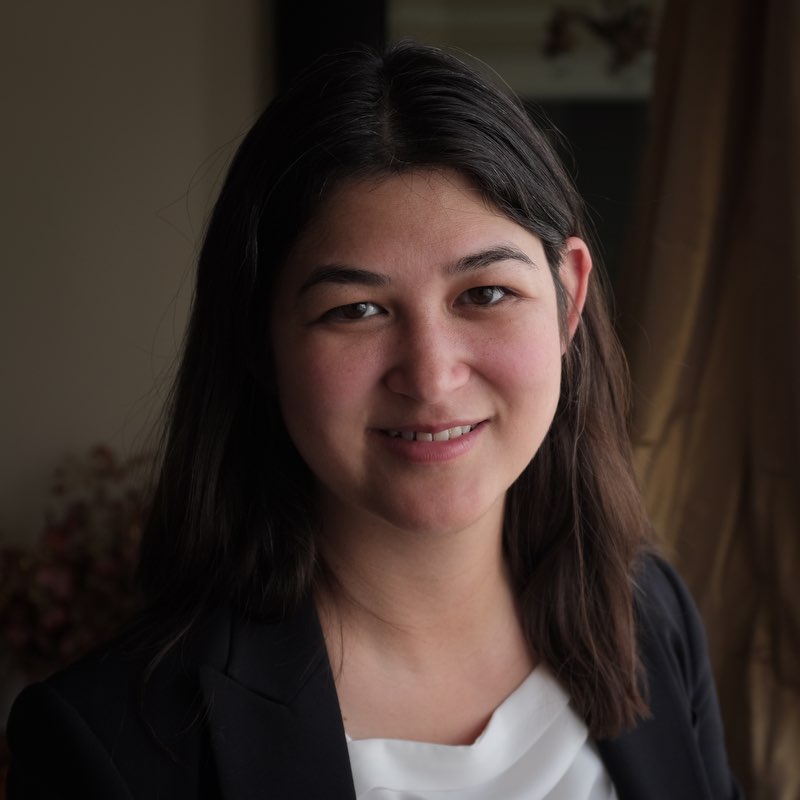We’re back from the 2019 American Association Cancer Research conference in Atlanta, Georgia and what a great meeting it was for the cancer research community. There were many exciting research topics, including immuno-oncology and the promise of neoantigens,digital and spatial profiling, as well as many studies with organoids just to name a few.
Mission Bio hosted a Spotlight Theater, where Dr. Koichi Takahashi from MD Anderson Cancer Center and Dr. Esteban Braggio from The Mayo Clinic gave great talks to a packed house. Dr. Takahashi shared another update to his single-cell atlas of AML (acute myeloid leukemia) in which he has now profiled 77 patients and sequenced over 600,000 cells! Looking forward to the publication of this manuscript in preparation.
Dr. Braggio gave us our first insights into CLL (chronic lymphocytic leukemia) disease progression on a single-cell level using the Tapestri Single-Cell DNA CLL panel. In his single-cell study, Dr. Braggio looked at longitudinal samples from 5 patients and confirmed mutations that were detected by bulk sequencing in his previous study published in 2017 in the journal Leukemia. The single-cell data also revealed clonal heterogeneity, clonal dynamics, and clonal phylogeny across patients that were previously undetected by bulk sequencing.
Many thanks to Dr. Takahashi and Dr. Braggio for sharing their Tapestri single-cell DNA sequencing work with the larger cancer community.
AACR also marked the start of our Single-Cell DNA-Seq Grant Challenge. Applications are open now through April 30th, 2019 and all are welcome to submit their idea for a Tapestri single cell research project.
We also announced some major steps forward in the capabilities of the Tapestri Platform. Mission Bio’s SVP of R&D, Nigel Beard, showcased new v2 chemistry, which provides faster design iteration and greater flexibility in scale of the targeted panels. Tapestri Single-Cell DNA Custom Panels will also be offered for the mouse genome with an update to Tapestri Designer later this quarter. We are excited to see the impact this has on the growing use of Patient-Derived Xenograft (PDX) mouse models in cancer research, for which investigators will be able to study these mixed species models with single-cell resolution. Finally, our biggest announcement at AACR was revealing the first data showing single-cell multi-omics capabilities on the Tapestri Platform, both for DNA + protein, and for DNA + RNA. Let us know if you’re interested in hearing more.
Our talented and fantastic R&D scientists presented 4 posters at AACR. Dr. Nianzhen Li, Director of Biochemistry, covered the new v2 chemistry while Senior Bioinformatics Scientist, Dr. Shu Wang, discussed the new bioinformatics pipeline, including support for mouse. Dr. Pedro Mendez, a Scientist from our Applications and Collaborations team, shared his work developing our Universal Nuclei Isolation Protoco,l which enables the Tapestri Platform on any cell and tissue type. And Dr. Dahlia Dhingra, also a Scientist on our Applications and Collaborations team revealed her single-cell multi-omics work detecting AML DNA mutations along with BCR-ABL fusion RNA transcripts.
We were also pleased to see data presented from the Tapestri Platform on posters by AACR attendees. Dr. Ben Demaree, a postdoc fellow from Dr. Adam Abate’s group at UCSF showed multi-omics capabilities for DNA + protein using the Tapestri platform, while Dr. Alexey Aleshin showcased his work with Dr. Ravi Majeti’s group at Stanford University using the Tapestri Platform for minimal residual disease (MRD) monitoring.
Great to see you all in Atlanta. And if we missed you, hope to you see you at the European Hematology Association Annual Meeting (EHA) in Amsterdam!











